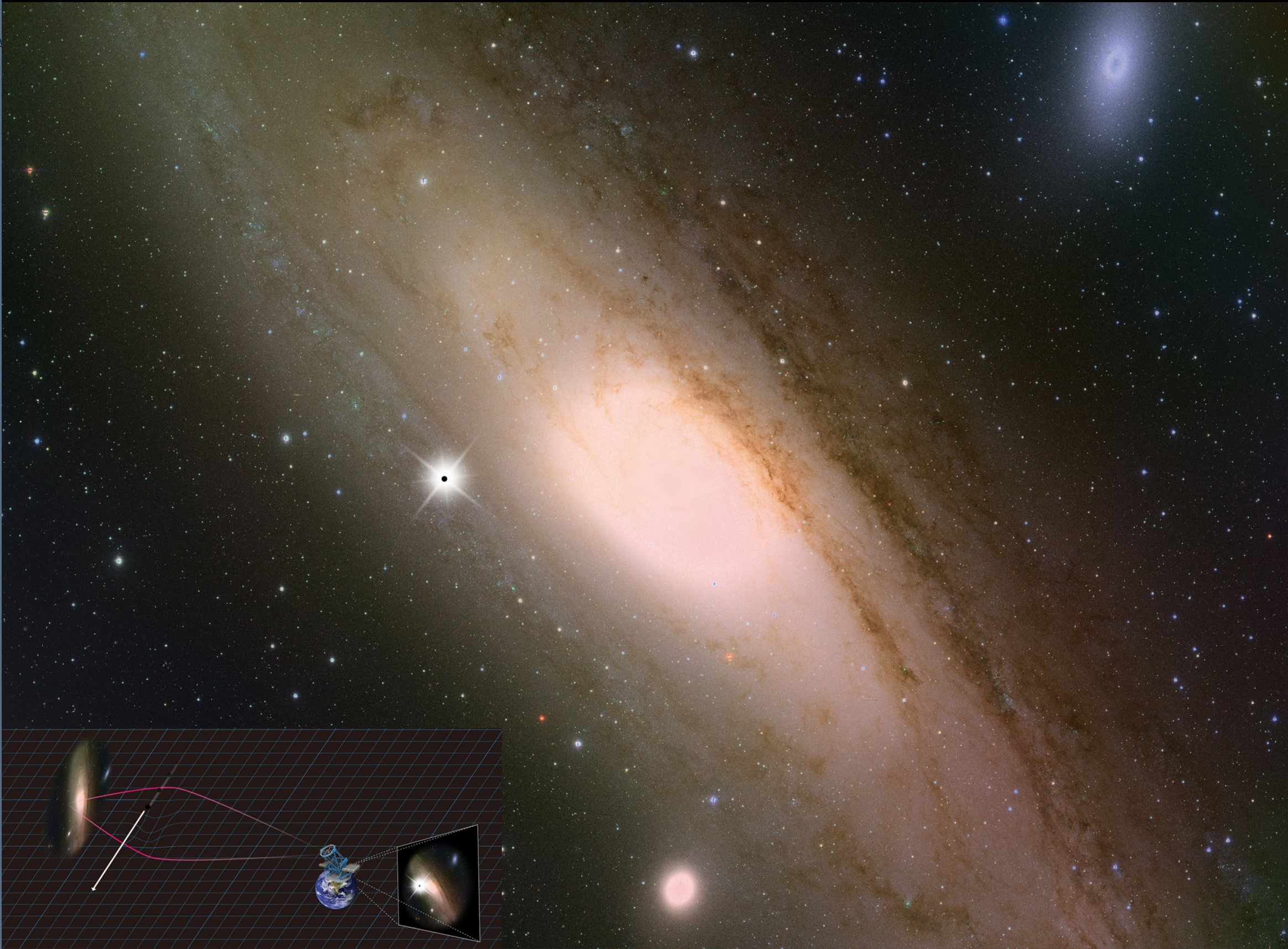Trident, Veritas among NASA's four possible space missions
As the name suggests, the possible mission would explore Triton, Neptune's unique and highly active icy moon to understand how habitable worlds develop at tremendous distances from the Sun.

- Country:
- United States
US space agency National Aeronautics and Space Administration's Discovery Program has selected four proposals to develop concept studies for new missions that will deepen the understanding of the solar system.
However, they are not official missions yet and the final selections will be made next year, NASA said in a press release on Friday.
According to NASA, the proposals were selected on the basis of their potential science value and feasibility of development plans following a competitive peer-review process. Each selected proposal will receive USD 3 million to develop and mature concepts. After a successful evaluation of the concept studies, NASA will pick up to two missions to continue their development towards flight in 2021.
These selected missions have the potential to transform our understanding of some of the solar system’s most active and complex worlds. Exploring any one of these celestial bodies will help unlock the secrets of how it, and others like it, came to be in the cosmos
The four possible future missions include:
DAVINCI+
The Deep Atmosphere Venus Investigation of Noble gases, Chemistry, and Imaging Plus, aka DAVINCI+, will explore Venus’ inhospitable atmosphere to understand its formation, evolution and also determine whether Venus ever had an ocean. The proposal includes sending a spacecraft via the intense environment of Venus to precisely measure it's composition down to the surface.
Principal investigator: James Garvin, NASA's Goddard Space Flight Center, Greenbelt
Project management: Goddard
IVO
If finalized, the Io Volcano Observer (IVO) would explore Jupiter’s moon Io, the most volcanically active body in the solar system. The mission would determine how magma ocean is generated and erupted on Io, which would further help scientists' understanding of the formation and evolution of rocky, terrestrial bodies, as well as icy ocean worlds in our solar system, and extrasolar planets across the universe.
Principal investigator: Alfred McEwen, University of Arizona, Tucson
Project management: Johns Hopkins University Applied Physics Laboratory, Laurel
TRIDENT
The possible space mission would explore Triton, Neptune's unique and highly active icy moon to understand how habitable worlds develop at tremendous distances from the Sun.
Principal investigator: Louise Prockter, Lunar and Planetary Institute/Universities Space Research Association, Houston
Project management: NASA’s Jet Propulsion Laboratory (JPL), Pasadena, California
VERITAS
Venus Emissivity, Radio Science, InSAR, Topography, and Spectroscopy or VERITAS would study Venus' geologic history which is largely unknown and understand why it developed so differently than its immediate neighbor Earth.
Principal investigator: Suzanne Smrekar, Jet Propulsion Laboratory (JPL), Pasadena, California
Project management: JPL









